
Luxury Fever
Money and Happiness in an Era of Excess
Recommendation
Every reader should consider this book critically. Author Robert H. Frank’s thesis is that runaway consumption of extravagant luxuries is a major problem in American society. This concept may have seemed more valid in 1999, at the height of the dot-com bubble, when the book first rolled off the presses, than it does in 2004. The intervening recession has done a lot to rearrange household consumption priorities. Yet one need only look at the houses, cars and home entertainment systems on the market to recognize that the thesis has not entirely lost all merit. For the more muscular theoretical foundation of this premise, readers are referred to the superior 100-year-old classic Theory of the Leisure Class Thorstein Veblen. Even in the shadow of that light, Frank’s observations about the pressures to consume - especially the evidence that he marshals for an evolutionary compulsion to "keep up with the Joneses" - merits notice. While the author’s proposed remedy of a consumption tax is sure to be controversial, getAbstract.com believes this book deserves to be read and appreciates its unusually stimulating, accessible writing on economics.
Summary
About the Author
Robert H. Frank is Godwin Smith Professor of Economics, Ethics and Public Policy at Cornell University. He is co-author, with Philip J. Cook, of The Winner-Take-All Society.








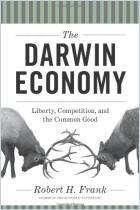
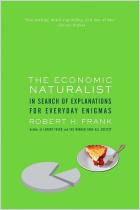
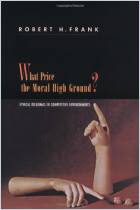
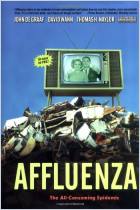
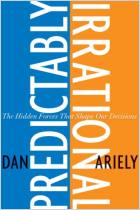
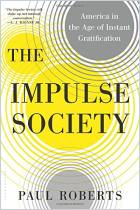
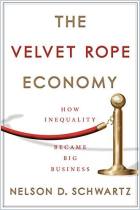
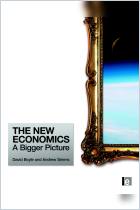
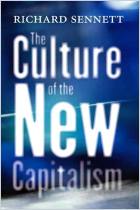



Comment on this summary or 开始讨论